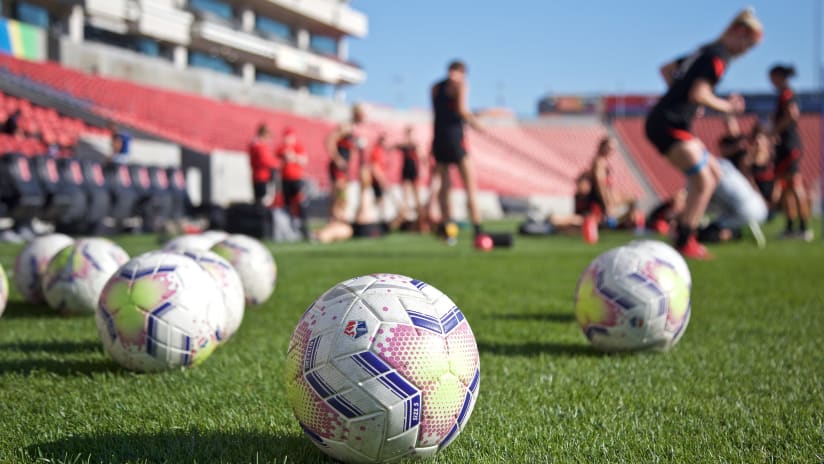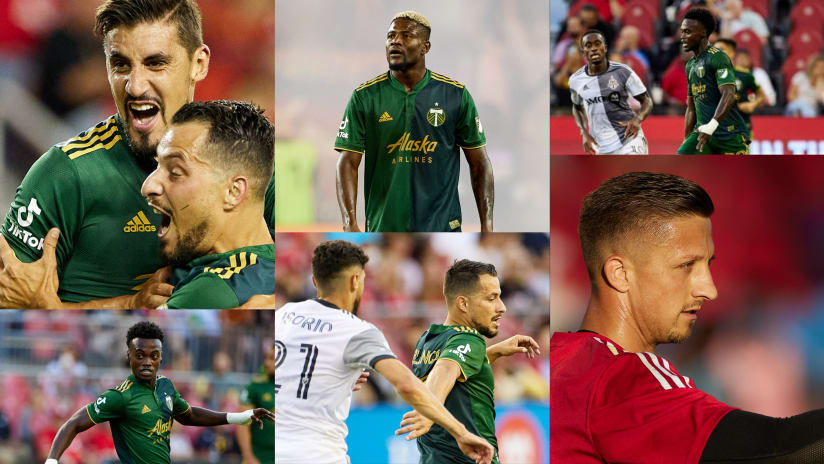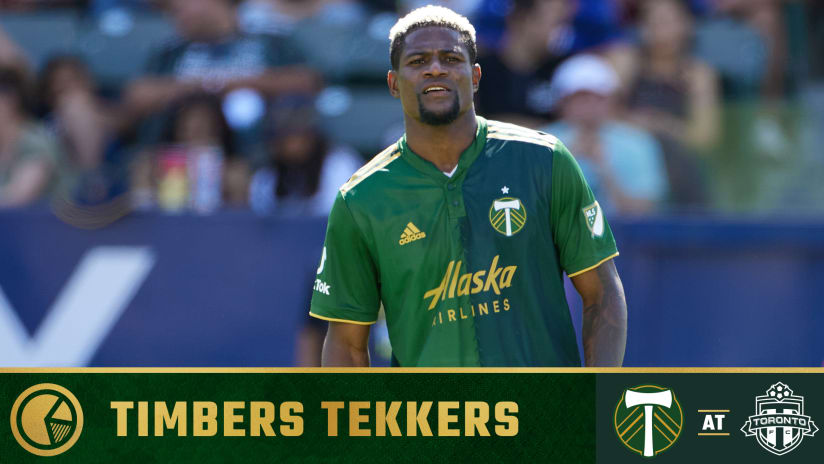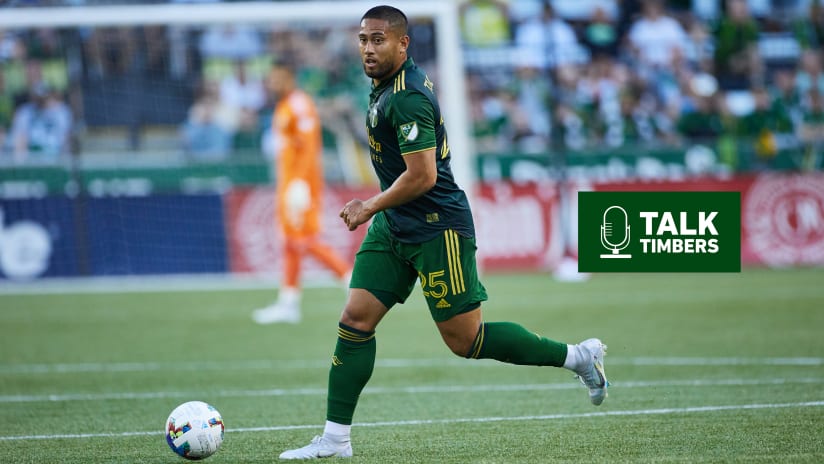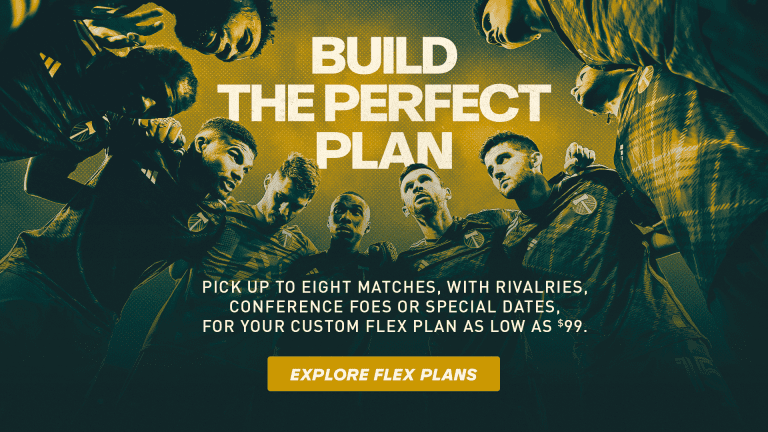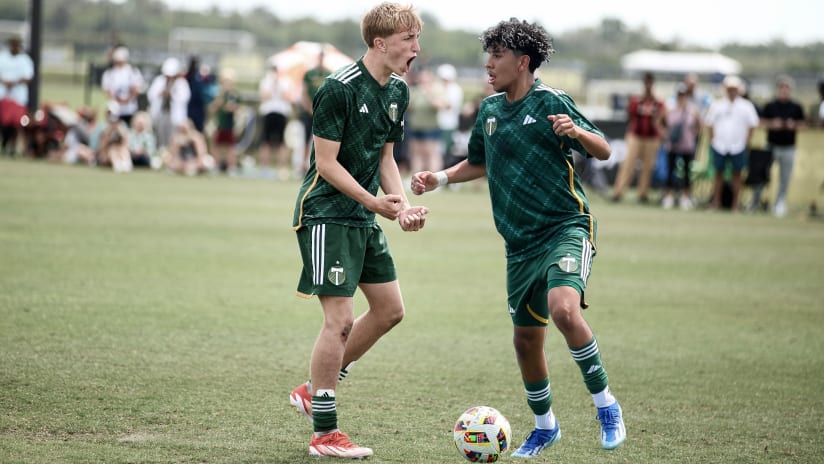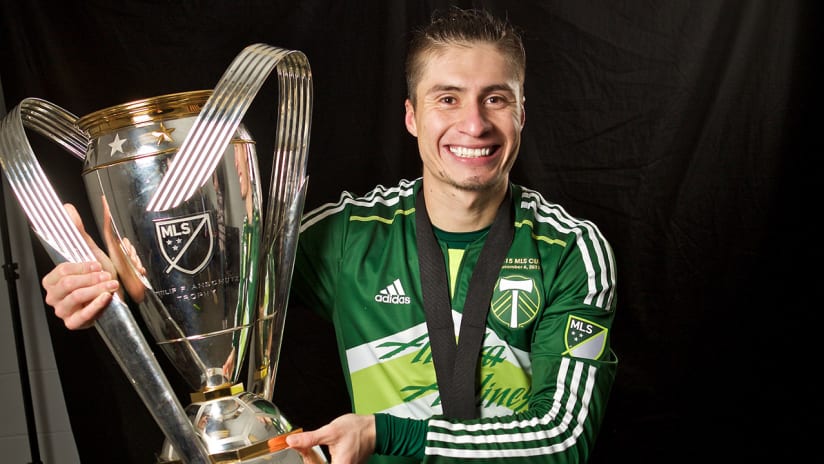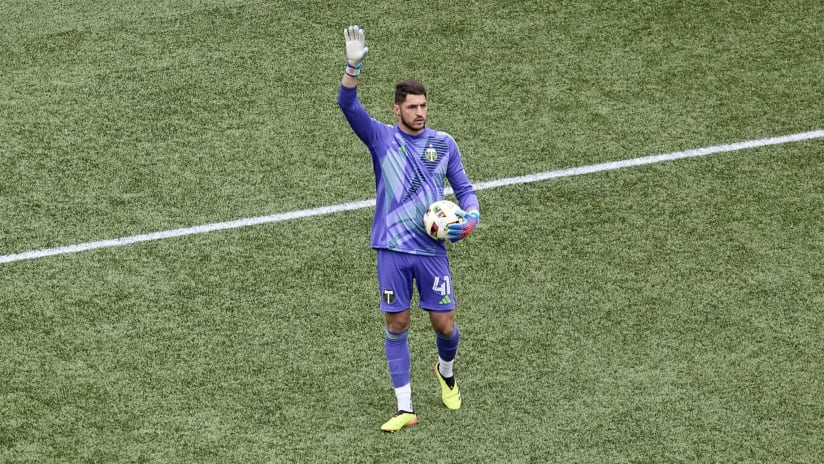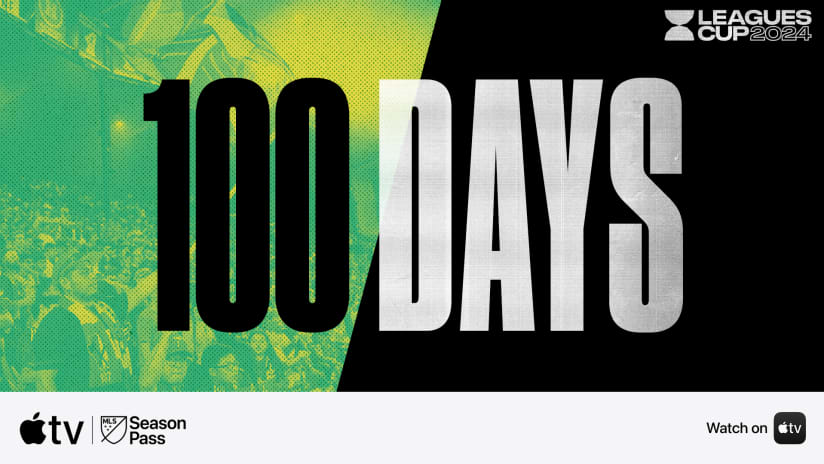“I'm just happy that we get to play and can feel safe doing it, during this time.”
Portland Thorns FC defender Katherine Reynolds was being asked about the NWSL Challenge Cup presented by P&G and Secret. She’s being asked about how strange it was, a tournament being waged during a global pandemic. She’s being asked about the NWSL being the United States’ first league with contact between players that navigated its way back to the field.
What she’s really being asked about is history. And legacy. As the tournament was announced in May, and then got underway in the suburbs around Salt Lake City, Utah, a narrative formed about being the first to go. It showed how much the league had grown, was one way to look at it. For a circuit in its eighth year, the Challenge Cup was a sign of staying power; evidence of how nimble teams could be under the new leadership of Commissioner Lisa Baird.
All of that may be true. But Reynolds’ answers provide a hint of how an athlete sees those narratives. As the tournament was announced, she and her teammates were just starting to resume a normal life around Providence Park in Portland, the team’s training ground. Practice had resumed, albeit in an individualized way, eventually transitioning to small-group play. Safety – in its new, heightened, literal form – was paramount, and within that value, players had a focus.
Without a typical preseason, the Thorns would have a couple of weeks of full training before leaving for Utah. A few more days there would lead into a tournament opener against one of the best teams in the world, the North Carolina Courage. The NWSL may have been going first, seizing a national stage that would initially be their own, but players had other things to worry about.
“We were just more focused on creating a good, safe environment back in Portland, then making sure that once we got here, we were in a good place,” Reynolds says. “It's cool that we were back first. I think everything is going well. [Though] I certainly don't think [being first] was a focus for our team.”
This is the core of professional team sports. Players like Reynolds have been competing within teams for decades. Reynolds marked her 11th year as a pro when she made her 2020 debut in Utah. But for half of that life, that competition existed on AYSO fields, at youth club venues, and in college stadiums. It’s only recently, during the second half of her journey, that her play became someone else’s product. She prepares the same way. She focuses on the same areas. The professional life builds toward kickoffs.
Around that core is us. We can’t be on the field, and except for a small sliver of us, we can’t empathize with what happens on the field. At least, not at that level. We can, however, define the context. That’s where we live. That’s a space we own. We can define what the game means to us, and since few of our livelihoods are tied to those game’s results, that privilege comes with more freedom.
“A lot of people didn't really realize we were the first ones coming back,” Thorns defender Kelli Hubly said, speaking to that context. Unfortunately, the space around the NWSL isn’t owned exclusively by aficionados. It’s also impacted by the attention it gets from the rest of our culture, or the lack thereof.
“Being able to show people that, even though the pandemic was coming on, we could still play this tournament as safely as possible,” Hubly said, talking about the impacts of the Challenge Cup. ““...While we've been here, we've been really safe and showing the fans and people who were doubting this could work.”
But safety amid the novel coronavirus wasn’t the tournament’s only media touchpoint. By being the first league to come back, the NWSL became a focal point for discussion about honoring Black Lives Matter, dealing with the national anthem’s place in sports, as well players’ right to express themselves on the field.
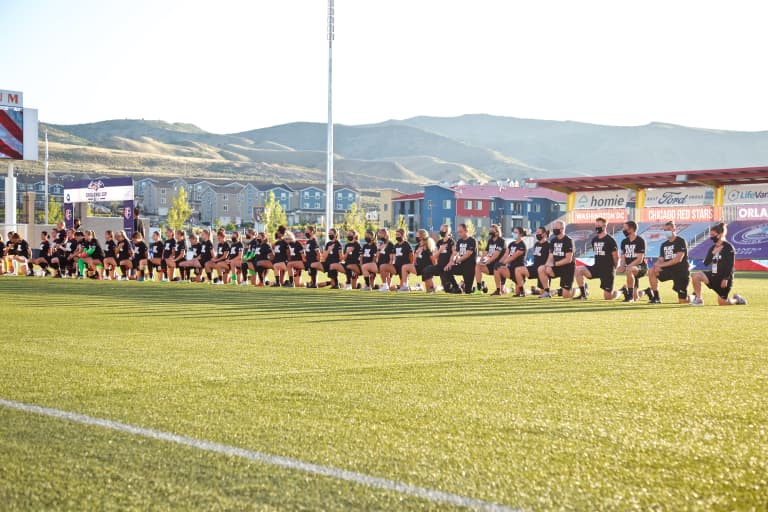
Photo: Kayla Knapp / Thorns FC
By jumping into a vacuum, the NWSL became a guinea pig, of sorts. It was a lab rat – the subject of so many tests sports fans had devised over the previous months. How could a league possibly play? What about testing? How can so many players live in one place, for so long, so close together? And what are going to do about this national anthem?
“I don't really think there's a lot of controversy here,” Hubly said, when prompted with those topics. Discussion around the anthem was listed as one, but so was playing sports amid a global pandemic, as well as the efficacy and availability of COVID-19 tests.
“So many people doubted this happening and happening safely, they want to hear something bad going on, as bad as that sounds,” she said. “Knowing that we were able to come in safely, we were able to get tested, it's pretty smooth. We've had no issues. Everyone has talked about how safe they feel, here, which is super nice.”
Nice, but also telling. Organizations need a certain level of strength at their foundation to weather these types of storms. Yet the National Women’s Soccer League was able to navigate those storms and eventually turn attention back to the field. That’s a sign of strength in and of itself. As Challenge Cup progressed, we were back to talking about the sport.
“Every team has so many amazing players,” Reynolds said, “and especially with this format, and [every team] making it on to the quarterfinals, [it's] allowed a lot of players to get opportunities and show what they can do, and why they belong in this league …”
“The fact that, maybe for the first time, more people are paying attention, and maybe are aware of our league,” is something to build on, Reynolds said, when asked about the tournament’s potential legacy. “Some of the games are on TV, and being on CBS, hopefully this opens people's eyes, and they see the product that we're putting out there.”
The first CBS national broadcast was the Thorns’ opening game against the North Carolina Courage. It drew an average of 527,000 views, becoming, at the time, the most-watched game in the league’s history. It was also the first women’s club match ever shown on broadcast television in the U.S. The Challenge Cup’s final between the Houston Dash and the Chicago Fire brought that number to two and drew a new a new record of 653,000.
“[The coverage] keeps them interested and wanting more,” Reynolds said. “Our support grows from this. I know the new league commissioner has done a great job of getting new sponsors, which is awesome. I know that's going to be really important going forward, too. My hope is that this will help grow our league and grow the support of our league and make it better from now on.”
Reynolds hopes because she can’t control the context. She can only control what happens on the field, within the Thorns, and within the realities of the NWSL’s matchups. There’s always hope that work pays off, but ultimately, it’s up to those who own the context to make sure the league grows. It’s the divide between the players’ reality and our own.
To date, the Challenge Cup has been a step forward. Going first has played a big part. As much as it showcased a bubble’s isolation, it also showcased the NWSL’s foundations. A seven-plus-year-old league was able to pull this off. It showcased Rose Lavelle goals, Amy Rodriguez runs, and bombs from 35 yards from the Nahomi Kawasumis of their world. It showcased playgrounds, Utah sunsets, Yuki Nagasoto art and, in all the things that make up the NWSL, the culture the league has to offer.
The NWSL created this platform. And through its players, the league took advantage of it. As always, the hope is the platform will grow moving forward.

